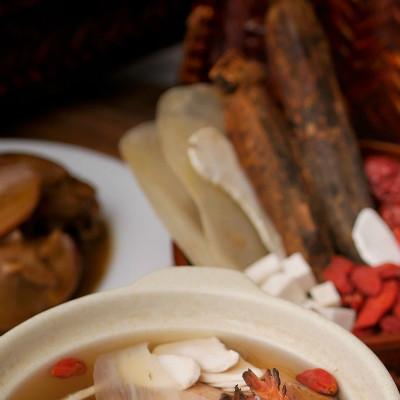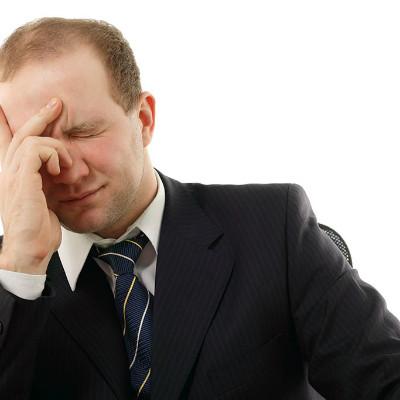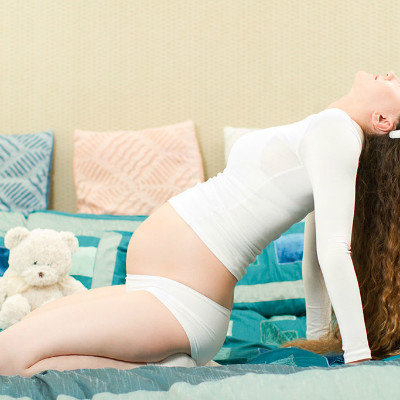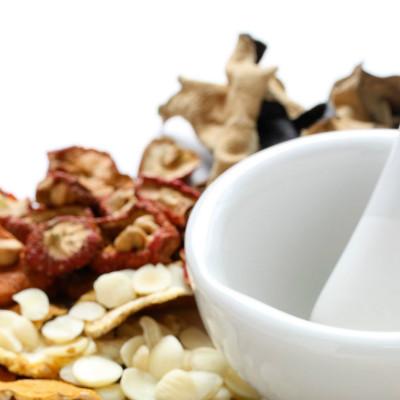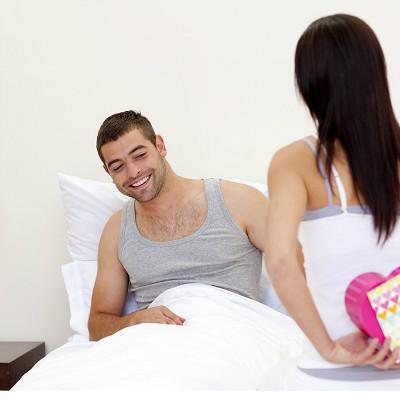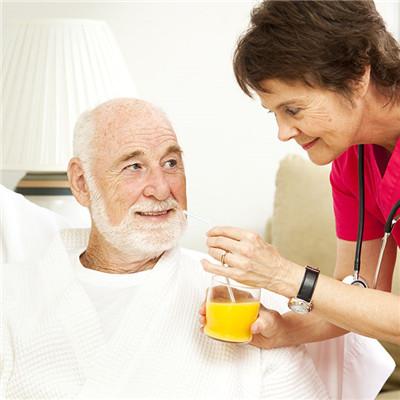Symptoms of lumbar tuberculosis
summary
The vertebral body is mainly composed of cancellous bone, and its nutrient artery is the terminal artery. The range of motion of lumbar spine is the largest in the whole spine, and the incidence of lumbar tuberculosis is also the highest. Lumbar tuberculosis is more common in adults, the lesion is limited to the upper and lower edge of the vertebral body, and soon invades the intervertebral disc and adjacent vertebral body. Intervertebral disc destruction is the characteristic of this disease, so the intervertebral space is very narrow. Symptoms of lumbar bone tuberculosis? Let's talk about it
Symptoms of lumbar tuberculosis
The onset was slow. There are low fever, fatigue, emaciation, night sweats, loss of appetite and anemia and other systemic symptoms. Children often cry at night, dull or impatient. Pain is the first symptom. It is usually mild pain, relieved after rest and aggravated after fatigue. Early pain does not affect sleep; The elderly also have pain at night.

When patients with lumbar tuberculosis stand and walk, they often hold the waist with both hands, tilt the head and trunk backward, so that the center of gravity moves backward, and try to reduce the pressure of weight on the diseased vertebral body. When the patient picks up objects from the ground, he can't bend down. He needs to straighten his waist, bend his knees, bend his hips and squat down to get the objects. He is said to be positive in the picking up test.

Another examination method is prone. The examiner lifts the feet of the child with both hands and gently lifts the lower limbs and pelvis. If there is lumbar disease, the waist will remain stiff due to muscle spasm, and the physiological lordosis will disappear. Later, the patient had psoas abscess formation, which could be seen or felt in the lumbar triangle, iliac fossa or groin. In patients with lumbar tuberculosis, the kyphosis is usually not serious. From the thoracic vertebra to the sacral vertebra, along both sides of the sacrospinal muscle, we can also find mild kyphosis deformity by touching with fingers. A few patients came to see a doctor only when they found cold abscess.

matters needing attention
Support therapy pay attention to rest, nutrition, daily intake of enough protein and vitamins. Usually more bed rest, if necessary, strictly bed rest according to the doctor's advice. Patients with anemia can be given blood tonic, severe anemia or repeated fever can be intermittent infusion of a small amount of fresh blood. The acute stage of mixed infection can be treated with antibiotics.


